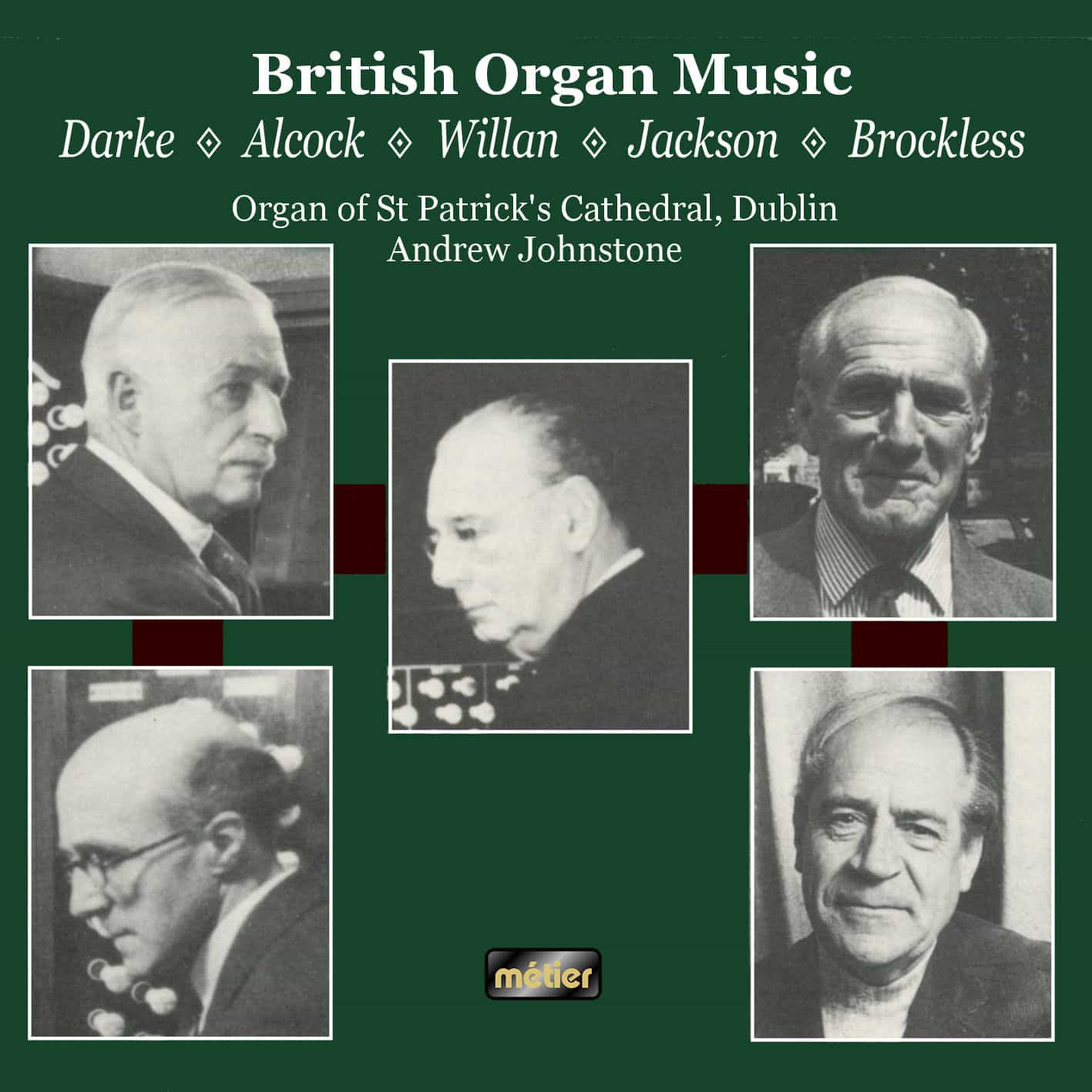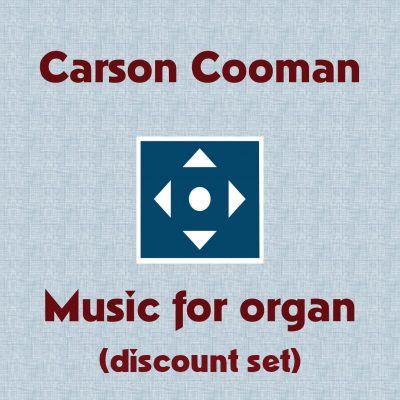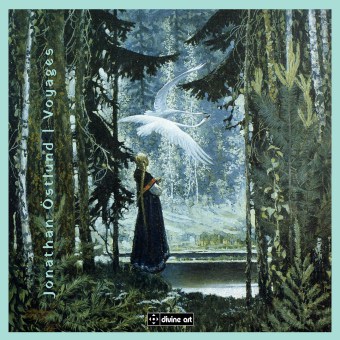Hymnus: Music for Organ by Carson Cooman
Carson Cooman is many things musical – organist and Composer in Residence at the Memorial Church, Harvard University; writer, critic and consultant, concert organist, and above all a highly prolific composer of music in a wide variety of genres, from orchestral to song.
His organ compositions come in many styles, from those inspired by the Renaissance, to liturgical models, to more gritty and substantial pieces such as his organ symphonies and preludes and fugues. The music on this album is very suitable for both concert and church performance and is at the ‘traditional, tonal’ end of the Cooman spectrum: works of intense beauty and wide appeal.
Erik Simmons is a fine organist, making his fourth Cooman organ album for Divine Art. He is playing the organ of the Church of St. Peter & Paul in Weissenau, Germany (built 1787) in a live performance recorded through the Hauptwerk system.
Track Listing
-
Carson Cooman:
- Haec Aeterna (4:39)
- Festive Processional (3:20)
- Arioso (3:05)
- Pavane for a Duchess at St. Andrew's (6:03)
- Planctus IV (3:10)
- I. Two Elegiac Pieces − I. Moderato rubato (3:01)
- II. Two Elegiac Pieces − II. Moltissimo lento tranquillo (2:40)
- Prelude in Copper (3:31)
- Chorale semplice in memoriam James Pressler (2:33)
- Folk Prelude on "Azmon" (2:35)
- Aria quasi una ciacona (4:36)
- Partita semplice (6:14)
- Three Enigmas − I. Quarter note = 63 (1:54)
- Three Enigmas − II. Half note = 50 (2:21)
- Three Enigmas − III. Eighth note = 80 (1:44)
- Prelude on "Dix" (3:58)
- Hymnus (3:41)
- Diptych − I. Aria Serena (3:21)
- Diptych − II. Rondo Festivo (3:33)
Reviews
“A great CD of music that can be enjoyed including a nicely produced booklet with lots of information about the music and the organ.
” —Mark Jameson
“Most of the pieces are reflective and meditative in nature, although there is still a good bit of contrast in style from one piece to the next… all exquisitely rendered by Erik Simmons. Despite his prolificity, Cooman is by no means rewriting the same piece 100 times, as some prolific composers have done. Well-recorded and superbly performed and registrated organ recital.
” —David DeBoor Canfield
“Melodic and approachable music.. Erik Simmons makes much of subtly differentiated music distinguished by serene, slow-moving lyricism. Sound is atmospheric, surprisingly attractive and altogether pleasing.
” —Michael Quinn
“Cooman is not only a composer but also an organist and a musical commentator. His vast output is obviously the result of someone with real musical felicity. It has been a pleasure to audition this disc multiple times. The performances here are stunning in their grasp of the musical material. The recording is superb… and it is difficult to imagine a more satisfying result. Wholeheartedly recommended.
” —Colin Clarke
“Short, pleasant, well-crafted pieces. Simmons delivers his usual fine per¬formance.
” —Robert Delcamp
“Erik Simmons’ latest release demonstrates how new technology and contemporary music can be a winning formula for an older genre. Producers of organ recordings have always wrestled with microphone placement in the quest for the right balance of acoustic space and the instrument’s presence. Enter digital technology. That’s exactly how this 1787 organ in Weissenau, Germany, appears in this recording. Every actual sound from the initial speaking attack of a pipe to its final decay and slight pitch drop is captured faithfully with every note. The variety of his writing is impressive and he’s capable of evoking greatly contrasting moods. This is especially effective as Erik Simmons uses the Weissenau organ to maximum colouristic effect, whether drawing a single flute rank or the full organ registration. It’s a terrific recording for three reasons: superb playing, fine composition and technological astonishment.
” —Alex Baran
““Nothing beats the sound of a pipe organ displaying its “quiet” side. One or two single stops per manual always reveal the beautiful tone, the soul, of a well built instrument. Most of the pieces were written in memory of various individuals and are therefore mostly serene and contemplative, and make full use of the… organ’s beautiful registration. Simmons instinctively knows which combination of stops is best suited to each individual piece based on its style, solemnity or character, and therefore brings together the organ’s tonal qualities and the music’s anima to create an image of lasting impression.”
” —Jean-Yves Duperron

















